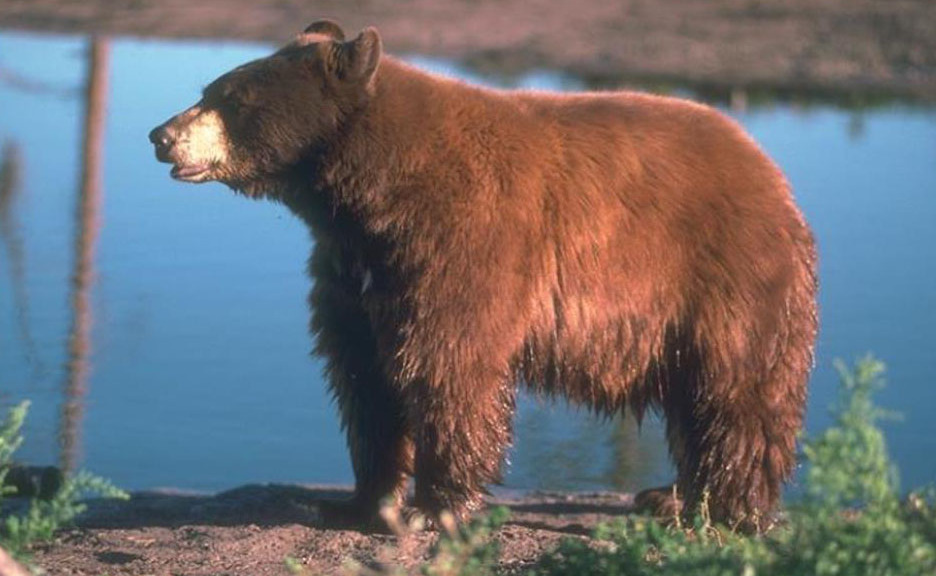
Report Date:
http://www.dfg.ca.gov/
The California Department of Fish and Wildlife (CDFW) and the U.S. Forest Service remind citizens visiting or living in the high country and foothills that fall is the time of year for increased bear foraging activity and more human and bear encounters are possible.
California black bears are typically active and foraging between April and mid-fall, but in autumn, black bears experience changes in metabolism that drives the need to consume as many rich calories as possible. This metabolic spike is an important signal to the bear to bulk up and gain the fat that will sustain the animal through hibernation and periods of lean food sources. Scientists estimate that black bears may forage as many as 20 hours a day at this time.
During this transition, residents in bear country are asked to diligently manage food, garbage and other attractants around the home and yard in order to avoid attracting bears. Residents leaving cabins for the season should remove all attractants from the cabins, and seal and lock all doors and windows. Crawl spaces under houses or porches should be sealed in order to prevent them from becoming denning sites.
Here are things to know:
In the rare event a bear breaks into your home, move to a safe location and contact local authorities. Wildlife experts caution against directly confronting the bear or blocking the bear’s escape route.
Visitors to bear country should act responsibly and be mindful of their safety while in bear habitat. Camping season is ending in many areas, but with the cooler temperatures, fall hiking is very popular in the mountains and foothills and visitors often flock to salmon spawning sites in hopes of getting a glimpse of a bear. Wildlife experts offer these important tips:
For an expanded list of living and recreating in bear country, please visit wildlife.ca.gov/keep-me-wild/bear.
For information about being, bear aware while visiting national forests, please visit fs.fed.us/visit/know-before-you-go/bears .
To learn more about black bear ecology, please visit wildlife.ca.gov/conservation/mammals/black-bear/biology.
Report Date:
Question: I’m going lobster diving with some friends on opening day this Saturday. I heard there was a change to the......
Report Date:
Various Days — Guided Wetland Tours at Gray Lodge Wildlife Area, 3207 Rutherford Road, Gridley (95948). A wildlife naturalist will lead......